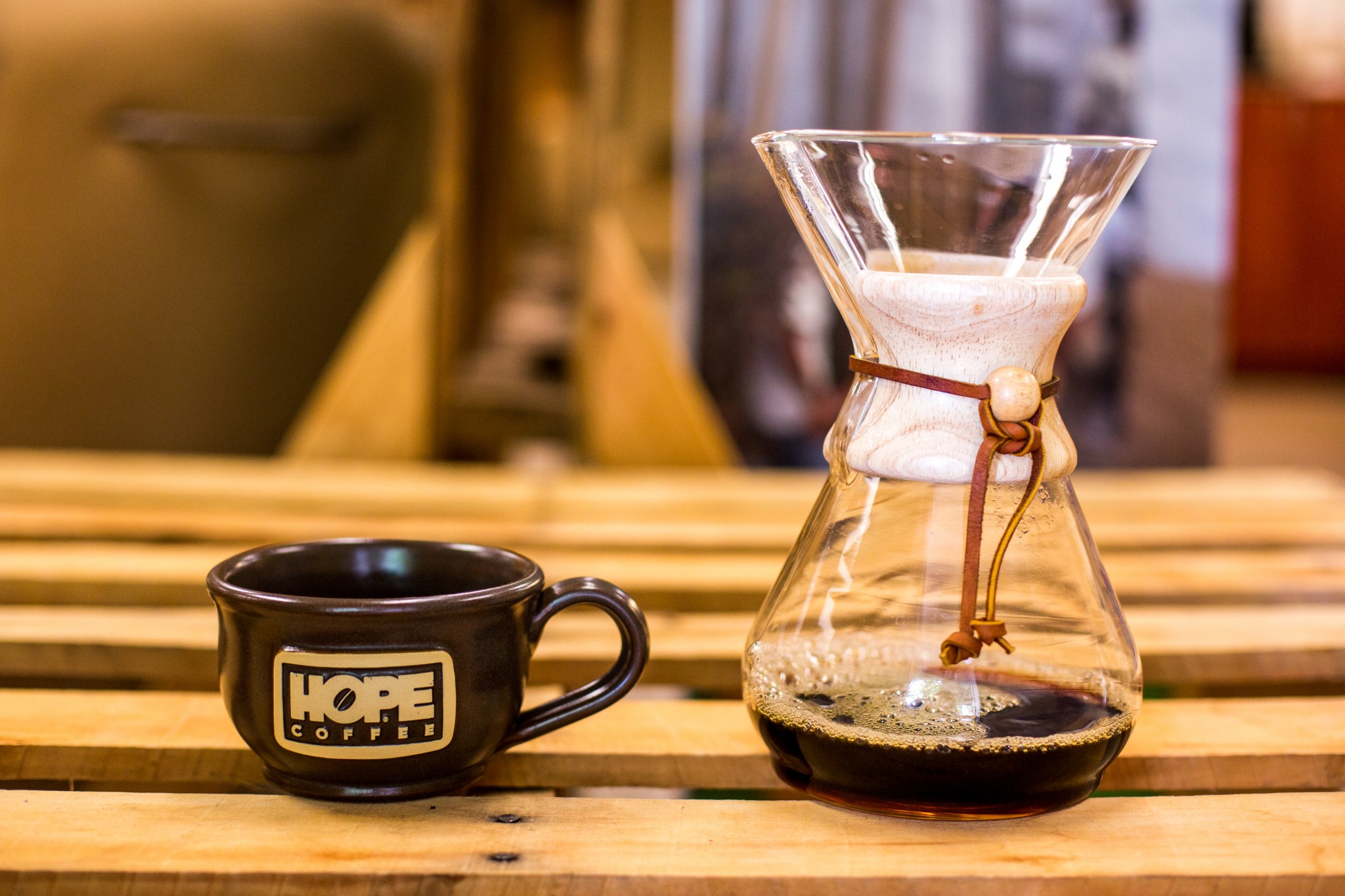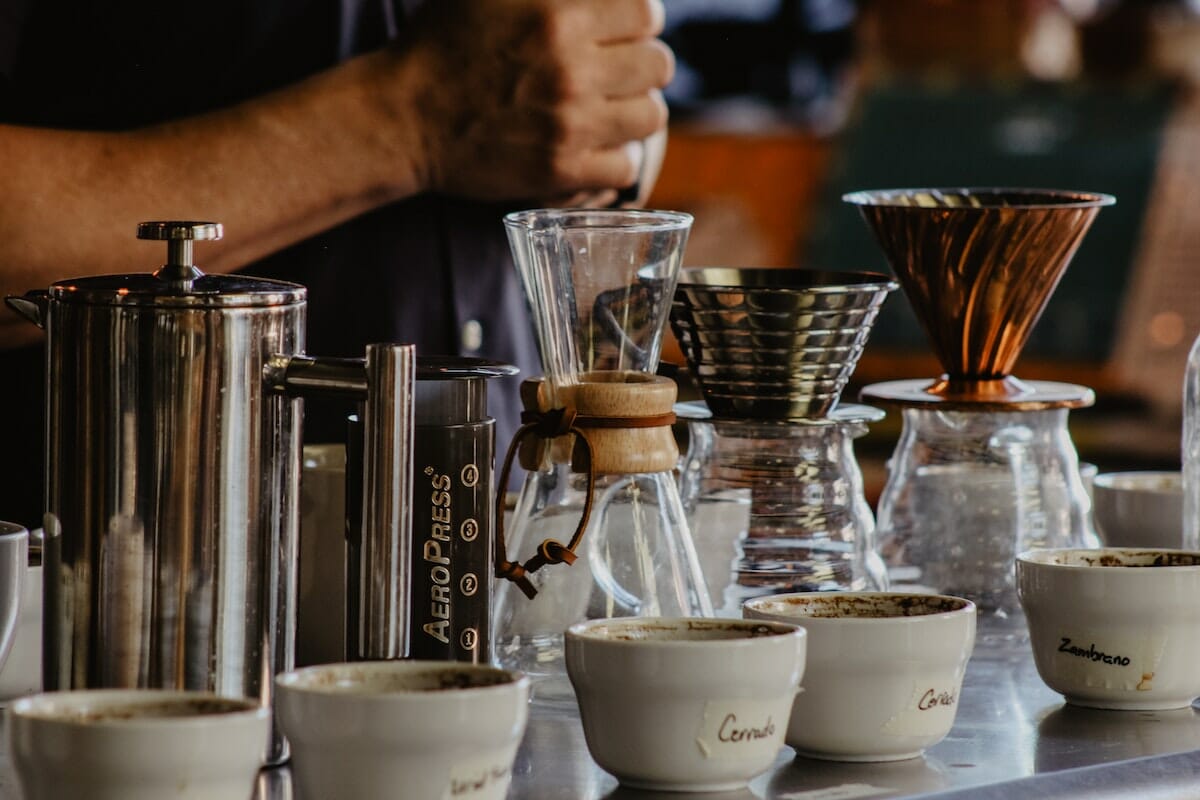Cutting-edge Coffee Brewing Methods to Raise Your Morning Routine
Cutting-edge Coffee Brewing Methods to Raise Your Morning Routine
Blog Article
Discovering the Art of Coffee Brewing: A Comprehensive Guide to Developing Your Cup
The art of coffee brewing is a complex self-control that combines science with personal expression, where the selection of beans, water quality, and developing techniques assemble to create a polished sensory experience. Comprehending the subtleties of different coffee beans, especially the distinctions between Arabica and Robusta, is crucial for any type of connoisseur. Furthermore, the selection of ideal equipment and precise attention to developing parameters can considerably affect the last outcome. As we discover these components, one must think about how even minor adjustments can cause extensive modifications in taste and scent-- what might these adjustments reveal regarding your excellent mug?
Understanding Coffee Beans
To truly value the art of coffee developing, one have to initially comprehend the fundamental element: coffee beans. These tiny seeds, normally originated from the Coffea plant, are important in establishing the taste account, aroma, and general quality of the brewed drink. Coffee beans largely come under 2 groups: Arabica and Robusta. Arabica beans, recognized for their fragile tastes and higher level of acidity, are commonly favored by lovers. On the other hand, Robusta beans possess a stronger, extra bitter preference and higher high levels of caffeine material, making them suitable for espresso blends.

Additionally, the processing technique-- whether cleaned, all-natural, or honey-- influences the beans' last taste. Comprehending these elements enables makers to choose the appropriate beans that align with their chosen flavor account, eventually improving the coffee developing experience. coffee brewing methods. This comprehension is crucial for any person striving to understand the craft of making the perfect mug of coffee
Developing Methods Explained
Numerous fanatics discover that the option of developing technique dramatically impacts the last flavor and fragrance of their coffee. Each method uses various removal techniques, influencing the coffee's personality and splendor.
Drip developing, one of the most prominent techniques, utilizes an equipment to drip warm water through ground coffee, creating a clean and constant mug. French press, on the various other hand, submerses coffee grounds in warm water, enabling a fuller body and even more robust flavor, as oils and great fragments remain in the brew.
Pour-over developing offers a careful approach, where water is by hand poured over coffee premises, enabling exact control over removal time and temperature level, causing a nuanced and bright mug.
Espresso, a concentrated coffee brewed under stress, is recognized for its solid flavor and velvety appearance, functioning as the base for different coffee drinks, including lattes and coffees.
Essential Tools Required
The structure of any type of effective coffee developing procedure exists in high quality tools tailored to your favored approach. A reliable coffee grinder is critical; freshly ground beans substantially improve taste and fragrance.
Next, consider your developing gadget. Choices range from drip coffee machine and pour-over arrangements to French presses and coffee devices. Each technique supplies distinctive flavor profiles and developing strategies, so pick one that straightens with your taste choices.
A precise scale is likewise vital, permitting you to measure coffee and water accurately, which is important for consistency. In addition, a thermometer can aid keep track of water temperature, as it directly influences removal quality.
Learning Water Top Quality
The top quality of water used in developing coffee plays a significant duty in establishing the final flavor profile of the cup. Different factors contribute to water quality, consisting of mineral web content, pH degree, and overall purity. Preferably, water ought to be devoid of contaminants and pollutants, as these can detrimentally affect the preference of coffee.
Minerals, such as calcium and magnesium, enhance the removal of flavors from the coffee premises, while maintaining a well balanced pH degree-- around 6.5 to 7.5-- is important for optimum removal. Water that is as well soft may cause under-extraction, leading to sour or weak tastes, Check This Out while extremely difficult water can create a bitter or severe cup.
For the best results, filtered water is recommended, as it decreases the presence of chlorine and various other undesirable materials typically discovered in tap water. In addition, consider making use of water with a Complete Dissolved Solids (TDS) degree between 150-200 ppm, which is usually perfect for coffee brewing. By understanding water quality, you can lay a solid foundation for accomplishing a continually excellent mug of coffee, allowing the special features of your picked beans to beam through.

Tips for Flavor Improvement
Enhancing the taste of your coffee can considerably elevate your brewing experience and highlight the one-of-a-kind nuances of your picked beans. To achieve this, think about several key elements that influence preference.
To start with, the work size plays an essential function. A finer work enhances removal, resulting find more information in bolder tastes, while a coarser work returns a milder mug. coffee brewing methods. Change your work according to your brewing method to achieve ideal results
Secondly, explore brew time. Over-extraction can lead to resentment, while under-extraction lead to a sour preference. Aim for a brew time that balances these extremes, web typically between 2 to four mins, relying on your method.
Additionally, temperature is a crucial aspect. Brewing with water that is also hot can blister the coffee, while water that is as well amazing might fail to remove appropriate taste. The excellent temperature range is 195 ° F to 205 ° F(90 ° C to 96 ° C)
Verdict) )))) To conclude, the art of coffee brewing is a complex practice that calls for a deep understanding of numerous components, consisting of bean option, brewing approaches, and water quality. Mastery of necessary tools and interest to detail in work dimension, make time, and temperature level are crucial for achieving optimal extraction. By incorporating these parts, coffee fanatics can boost their developing techniques, resulting in a cup that not just satisfies personal choices yet also showcases the rich intricacy of coffee tastes.
The art of coffee developing is a complex discipline that combines science with personal expression, where the selection of beans, water quality, and developing approaches converge to create a polished sensory experience.To truly appreciate the art of coffee brewing, one must first understand the fundamental component: coffee beans. Developing with water that is too hot can scorch the coffee, while water that is also awesome may fall short to draw out sufficient taste. In final thought, the art of coffee brewing is a complex practice that requires a deep understanding of different elements, consisting of bean option, developing techniques, and water quality. By integrating these parts, coffee lovers can boost their developing techniques, resulting in a cup that not just satisfies individual preferences however also showcases the rich complexity of coffee tastes.
Report this page